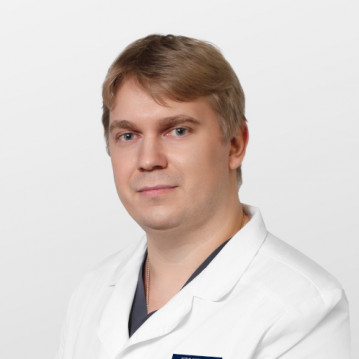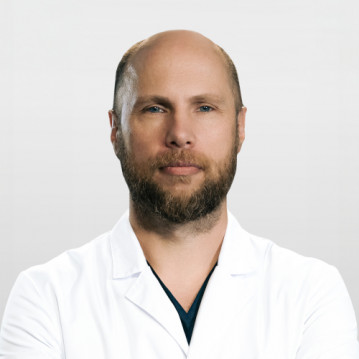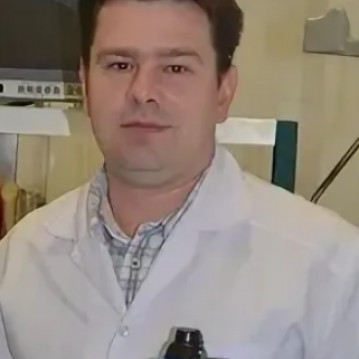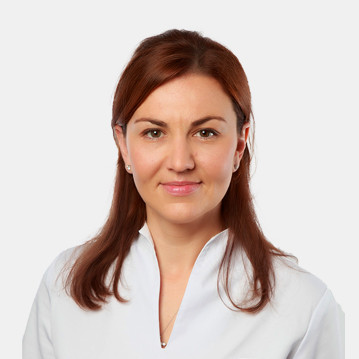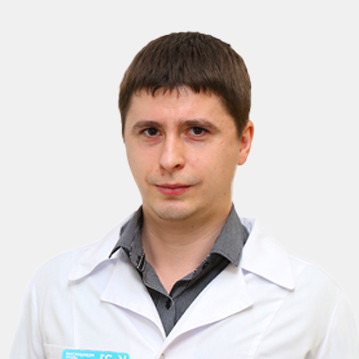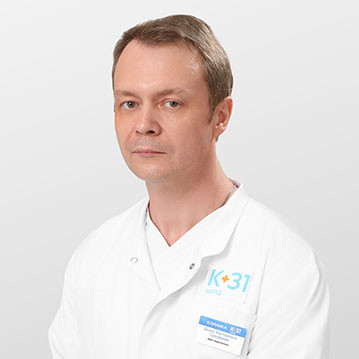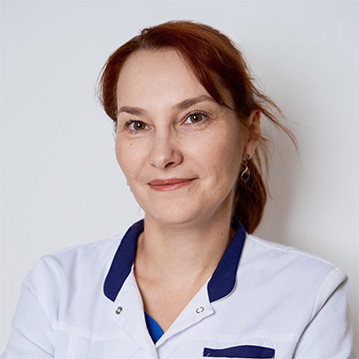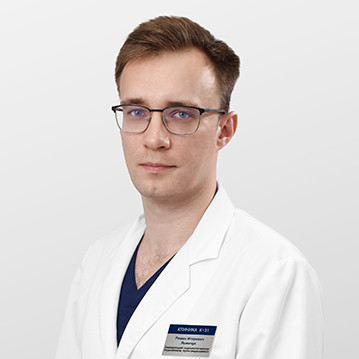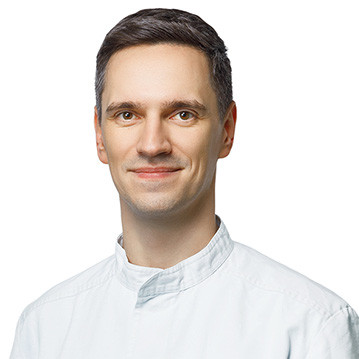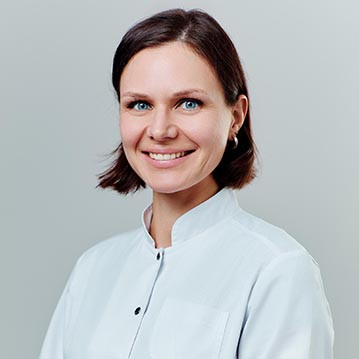Stenting

specialists

equipment

treatment
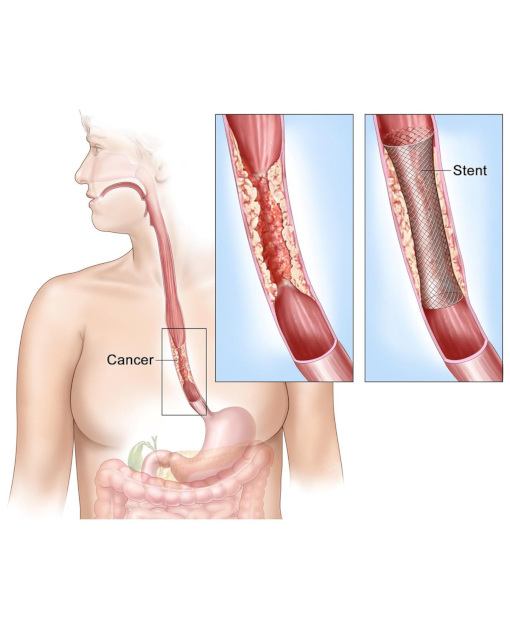
About the service
The K+31 medical centers perform the procedure of vascular stenting. Using a modern endovascular method, a vascular surgeon restores the patency of narrowed or plaque-clogged areas. During the operation, a metal frame is installed. The choice of stent by material, opening method, diameter depends on the person's condition.
The X-ray endovascular stenting method is considered the most effective method of therapy for coronary heart disease. Minimally invasive intervention helps prevent ischemic stroke in atherosclerosis and stenosis. The operation is performed without cutting the chest. The surgeon only needs to make a puncture (puncture) and install a special catheter.
- Efficiency. After the stent is installed, the pain immediately disappears. The metal frame remains and does not allow the vessels to narrow again and maintains normal blood circulation
- Safety. Small punctures reduce the risk of bleeding, shorten the rehabilitation period, and eliminate the occurrence of complications after surgery
- Fast rehabilitation. After stenting, the patient remains in the hospital under the supervision of specialists for no more than 5 days
- The operation reduces the risk of recurrent myocardial infarction and allows a person to significantly improve their quality of life
A stent is a wire tube that serves as a frame and helps maintain the lumen in the artery. Today, the following types of stents are used in vascular surgery:
- Uncoated metal stent
- Drug-coated stent that prevents vessel clotting and re-narrowing
- A stent made of soluble material that completely dissolves in 6-9 months
The first two types of stents can disrupt the natural oscillation of the artery. When performing coronary artery bypass grafting, the metal frame in the vessel “gets in the way”. Therefore, after stenting, the patient is prescribed medication to prevent the formation of clots.
Installation of a stent at the site of the lesion is recommended in the presence of the following diseases:
- Ischemic heart disease
- Atherosclerosis of blood vessels
- Angina pectoris
- Increased risk of developing heart failure
There are no absolute or relative contraindications for stenting of the heart vessels.
A stent is a thin frame in the form of a tube, which is made of a special hypoallergenic metal alloy or plastic. Initially, it is in a folded state, which facilitates the stenting procedure - an operation to insert a stent into the area of the organ that is narrowed and requires expansion.
Stenting is performed in a hospital setting, under drug sedation, due to which the patient's discomfort and unpleasant sensations are minimized.
Stenting is performed under dual control - X-ray and endoscopic, so that all actions are as accurate as possible. How much time will be spent depends on the localization of the narrowing zone and the type of stent. On average, the procedure takes 30-45 minutes. Stent installation stages:
- Puncture in the catheter insertion area
- Next, a guidewire is inserted through the needle. The needle will be replaced with an introducer through which the catheter is guided
- The following instruments are inserted through the catheter: a microguidewire for navigation and contrast. The movement of the guidewire is displayed on the X-ray screen
- The vascular surgeon determines the exact location of the vessel blockage. The stent is delivered to the damaged area along the microguidewire
- After installation, the balloon inside the stent begins to inflate. The metal frame diverges in the vessel, pressing the plaques against the walls. Then the balloon is deflated and removed
After the operation, the patient is given a protocol that carefully describes all the stages carried out during the operation, as well as the type of stent installed.
Stenting may be used to provide temporary relief before subsequent radical surgery or, if radical treatment is not indicated, as a definitive treatment.


